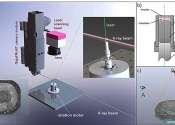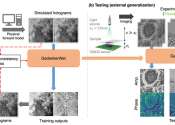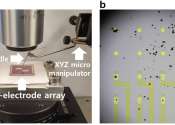New 3D printing method creates a steel-aluminum fusion hybrid
Steel and aluminum are key players in supporting economic growth, yet materials joining them remain unexplored due to their fusion zones' brittleness. A new 3D printing method's fix may be a step toward a steel-aluminum hybrid ...
Nov 14, 2023
0
22









